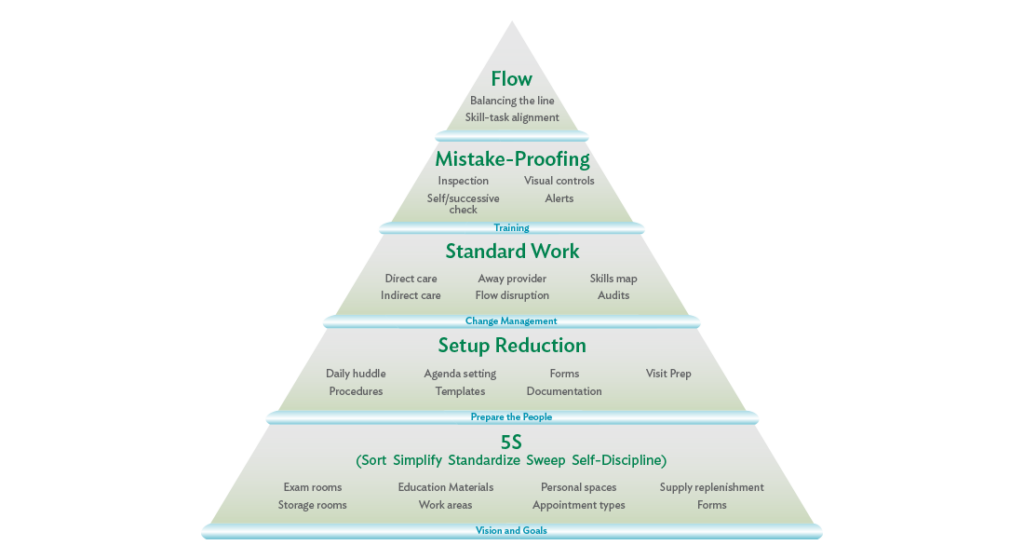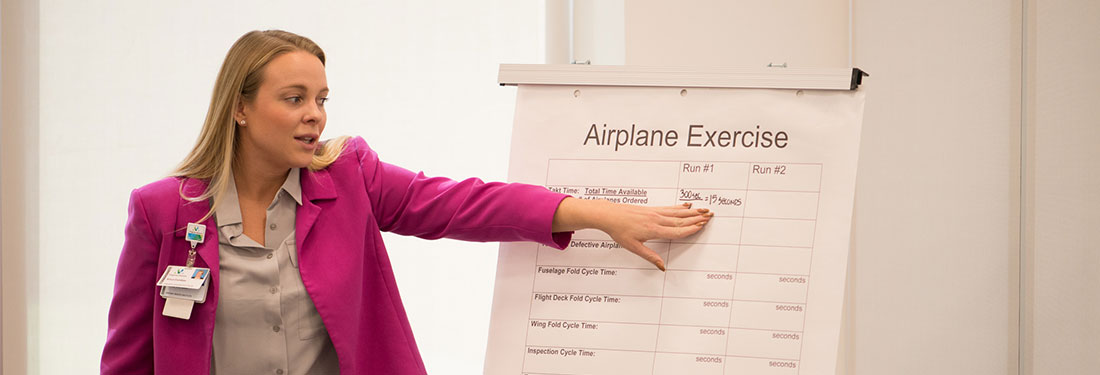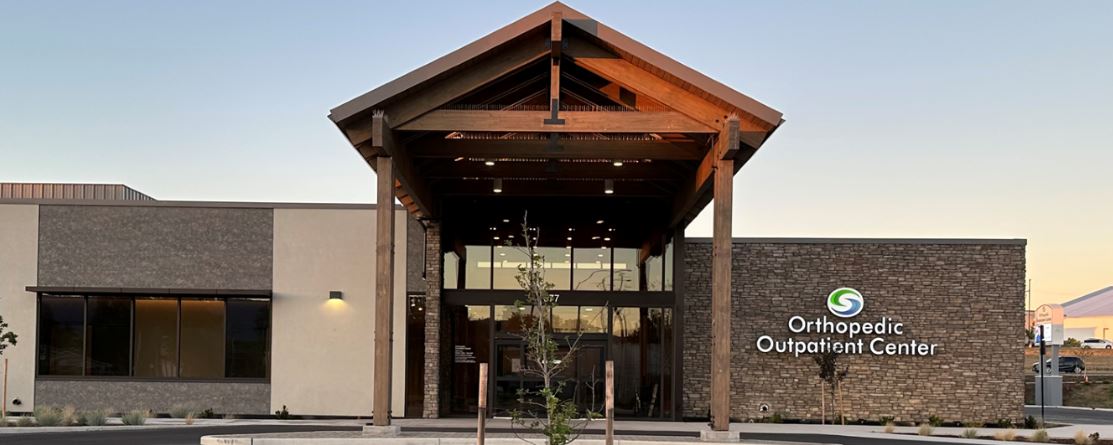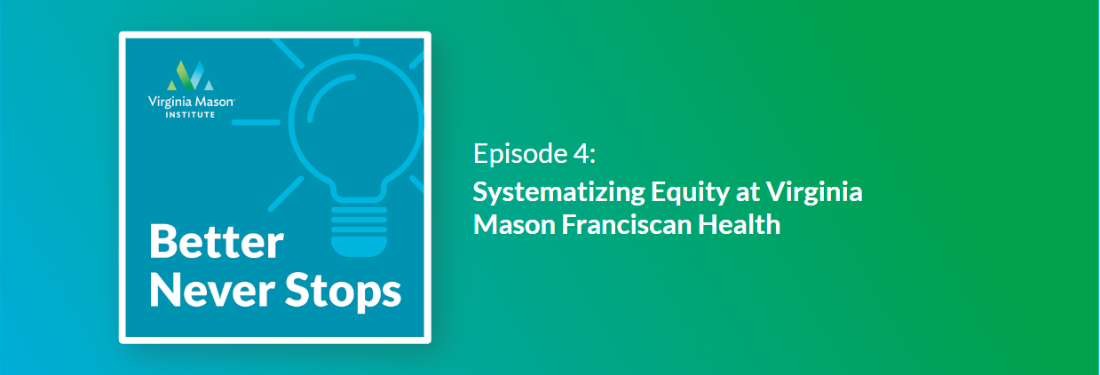Case Study | 36-Clinic Federally Qualified Health Center Saves $600K Annually Improving Patient Flow
The organization
Nestled in California’s San Joaquin Valley, Clinica Sierra Vista had humble beginnings. Formed in 1971 to address the specific needs of the Weedpatch community, it now serves families throughout the Central Valley. At its core, the organization offers quality care to the underserved, migrant, and low income farming communities that give the area its diversity. Fulfilling its mission can be attributed to the guiding principle; health care is the right for all, not the privilege of some.
Clinica Sierra Vista meets the primary medical, dental, and behavioral needs of nearly 148,000 individuals within Kern, Fresno, and Inyo counties through comprehensive health programs. As such, it understands that wellness cannot be narrowly defined and encompasses an individual’s entire life.
The challenge
Nationally, Federally Qualified Health Centers (FQHC), like Clinica Sierra Vista, have faced multiple challenges: Providers seeking other employment; Patient and staff satisfaction rapidly declining; and significant access and referral backlog issues delaying patient care. Clinica Sierra Vista noticed these emergent needs within the counties it serves, which prompted internal discussions around changing the way it delivered patient care and becoming an organization rooted in quality and safety.
These challenges prompted Clinica Sierra Vista’s new CEO, Brian Harris to begin researching a partnership with an organization that had overcome similar struggles, could demonstrate improved processes, reliable, high quality care, and build an internal management system that is sustainable for the near and long term future of Clinica Sierra Vista. His search led him to Virginia Mason Institute.
“I knew they could meet us where we’re at, help us transform our system, and start to think differently about how we provide care.”
Brian Harris, Former Chief Executive Officer, Clinica Sierra Vista
The solution
Mr. Harris approached Virginia Mason Institute with the multiple challenges listed above. He brought 15 of his senior leaders and members of the board to Seattle, Washington to engage in a series of facilitated experiences at the guidance of Virginia Mason Institute Executive Sensei, Henry Otero, MD. Through multi-day workshops, the “Executive Leadership Retreat” and “Leading with a Shared Vision,” the senior leadership team observed the possibilities in a mature high-reliability health care culture. They observed Virginia Mason Medical Center consistently putting the patient first, delivering high quality care and engaging employees daily to problem solve. At the end of the 4 days, the entire senior team unanimously committed to the journey of creating an embedded, singular system of continuous improvement. The shared mindset of leadership and their board, along with the partnership with Virginia Mason Institute, kicked-off the organization’s commitment to their continuous improvement journey. They aligned, prioritized and committed to improving quality and safety of their community-based health patient experience.
Approach
The road to improved flow in the clinics began with a training program for 96 of Clinica Sierra Vista’s front line leaders and staff at all 36 locations across Kern and Fresno counties. The trainings focused on the concepts of understanding, identifying, and removing waste from processes and systems, and workplace organizational concepts of 5S (sort, simplify, standardize, sweep, self-discipline) to ensure staff had the supplies they needed, just where they needed it.

Representatives from the clinics attended onsite Jumpstart training sessions facilitated by Virginia Mason Institute Transformation Sensei Erica Cumbee, MPA. Jumpstart is a training program designed to empower front line staff with improvement concepts. In this program, participants learn to measure and apply tools and concepts that prepare them to reduce wait times, increase quality and remove non-value-added activities from their day. The day included activities such as clinic simulation to understand barriers to organizational and patient flow, waste walks to help identify and begin the process of removing waste, as well as workplace organization skills, tools, and principles like 5S. The 96 staff members representing a range of roles across the organization committed to attending the 2 session series with assigned in clinic homework during the 8 week intersession. This was the first time in the organization’s history that every role across the organization had representation in one room; front desk, medical assistants, physicians, practice managers, finance, human resources, call center, referrals, and nursing.
Each day 20 to 30 staff would show up to the training skeptical. With anywhere from 1 to 20 years serving the organization, many felt as though the organization would never change and this is the way it always was; “The Clinica Way.” By the end of each day, staff walked away inspired, full of hope that the organization was in fact going to change and empowered with tools, methods, and a plan of action to begin that change.
Results
While their journey to create a culture of continuous improvement has just begun, Clinica Sierra Vista has received positive feedback from front line staff on the improvements they are seeing in the ambulatory setting. This work has given a voice to many who felt unheard in the past by encouraging every individual to provide creative solutions to fix broken processes. This movement creates an energy among staff that will propel them to the next level of organizational change.
Out of the 96 Jumpstart training participants, 45 have already applied their learnings to their home clinic. In-clinic homework included a focus on the ability to identify and eliminate waste, how to apply the method of 5S to improve efficiency and how to use time observations to know if staff generated ideas improved operations.
The initial result of 45 staff members identifying and eliminating waste by applying 5S across the organization:
- Total Time Savings (per month): 14,241 hours of staff time
- Projected Cost Savings (annually): $595,322 (supply and time cost)
Feedback as expressed by the staff:
“I am now leaving one hour earlier every day as a result of this work.” – Physician, Jumpstart Participant
“We are saving more than 15 minutes every time we have to setup for a procedure.” – Medical Assistant, Jumpstart Participant
“The power of one; we underestimated the power of just making one person curious.” – Chief of Kaizen Promotion Office, Clinica Sierra Vista
“Small changes build up to a large operational impact.” – Practice Manager, Jumpstart Participant
Click here for more information and videos of the work in progress.
If you want to expose your organization to the benefits of creating flow in the ambulatory setting attend one of our upcoming workshops.





